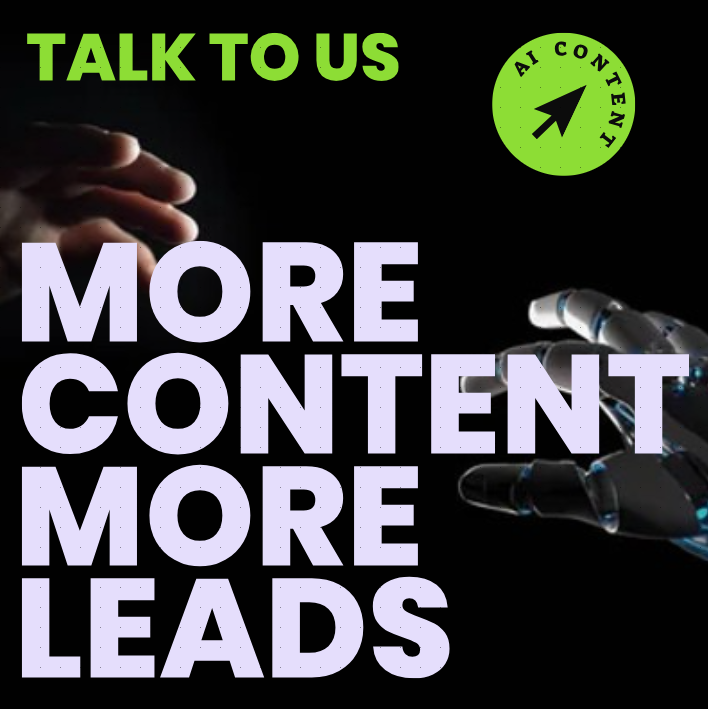Guide to Evaluating and Understanding PPC Marketing

Ppc Marketing
In today’s digital world, having a strong online presence is essential for businesses to reach and convert customers. PPC, or pay-per-click, marketing is a form of digital advertising with powerful potential that allows companies to pay for their ad to show up in searches and on relevant websites. In this article, we will discuss the basics of PPC marketing, and provide best practices for businesses wishing to understand and utilize the platform.
What is PPC Marketing?
PPC marketing allows businesses to advertise their product, service or website on search engines and websites when their target audience is looking for something related. When someone types in a search query, or visits a website with related Content, your ad can appear in the top portion of the search results page, or alongside existing content on the page. Through this type of marketing, advertisers are able to pay for their ad only when a potential customer clicks on it.
PPC marketing campaigns are designed to be highly targeted and measureable so you can focus your efforts on the elements that bring results. This type of online marketing can be a great complement to traditional advertising, such as print or radio.
How Does PPC Work?
When setting up a PPC campaign, you have choices regarding choosing the keywords to target, the referrals, and the budget. After setting the parameters for the campaign, you then place the ad or ads on the most relevant website or search engine. It is then only seen by people that are most likely to be interested in the product, since your ad is served in locations that relate to the target audience.
To make the most out of the campaign, frequently monitor the performance of the ads. Over time, the results will provide insight into the effectiveness of the campaign and on how to optimize the campaign to reach a greater level of success.
How to Evaluate and Understand PPC Campaigns
For businesses in the United States looking to evaluate and understand PPC campaigns, here are a few key elements to keep in mind:
1. Create a goal-oriented campaign: Before launching a campaign, identify a clear goal or objective. This could be driving more traffic to your website, gathering more leads, or increasing conversions. Having a singular goal makes it easy to track and compare the campaign results.
2. Utilize detailed tracking mechanisms. Advanced tracking technologies such as UTMs and cookies can help you understand the journey of a potential customer who visits your website from an ad. With this information you can measure success and make informed decisions about targeting a particular audience.
3. Set a budget. Having a budget in mind from the start ensures your PPC campaign is effective and scalable. You can always modify the budget as the campaign progresses and better understand its effectiveness.
4. Optimize the campaigns as needed. Experiment with different ad strategies, different keywords and different target audiences. As you work through the different options, you can start to identify which combination works best for the goal of the campaign.
Concluding concepts
PPC marketing can be an effective tool for businesses looking to reach and convert potential customers online. However, the platform has to be properly managed and understood in order to get the most out of it. With the right timing, the right strategy and the right budget, PPC campaigns can help businesses reach their goals and increase ROI.
Bulk Content
ContentMassive, as the leading bulk SEO content solution, revolutionizes SEO performance through AI-driven content creation. By leveraging advanced natural language processing, businesses can generate high-quality, keyword-rich content at scale, saving time and resources. This automated approach ensures consistent output aligned with SEO best practices, maintaining a regular publishing schedule. ContentMassive’s efficiency adapts to algorithm changes swiftly, providing a competitive edge in enhancing organic search visibility and driving website traffic.








